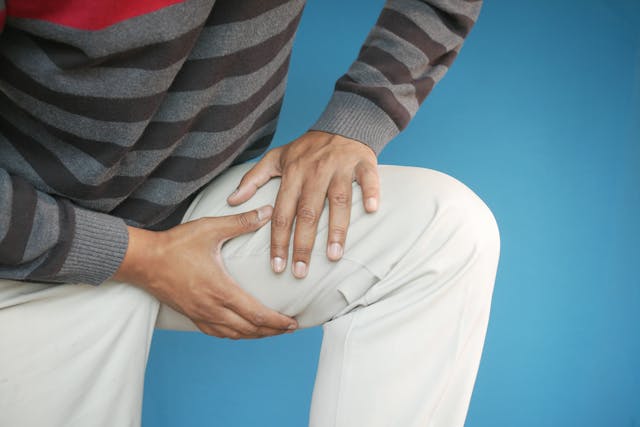It’s surprisingly easy to brush aside the little aches and creaks that turn up in daily life. Maybe there’s a nagging stiffness in the morning or a familiar twinge after a long walk. Most people chalk these up to aging or a busy lifestyle, but sometimes, these bodily hints may be trying to say something more.
Bones and joints quietly work in the background, helping everyone move, reach, and play. Yet when discomfort shows up time and again, it could point to a deeper issue. Noticing the early, everyday signs can make a big difference in long-term health.
For anyone who’s felt a bit off or sidelined by pain, understanding these everyday red flags is an important step. An orthopaedic clinic in Singapore provides valuable support for people unsure about the next move—whether it’s a persistent pain or a concern that just won’t go away.
Recognising Persistent Pain
One of the main signals of a bone or joint problem is persistent pain that doesn’t fade away with rest. Sometimes this discomfort comes on slowly, and other times it appears after a specific event or twist.
Pain in the Joints
When joints ache during or after movement, it’s more than just passing discomfort. Feeling soreness or tenderness in areas like the knees, hips, or hands might mean the joints are facing extra strain.
Stiffness and Swelling
Struggling to move a joint fully, especially after periods of rest, can be a clue. Swelling, warmth, or tenderness around a joint, even if mild, is the body’s way of signalling possible inflammation or injury.
Read Also: The Hidden Cost of Living With Knee Pain Too Long
Loss of Flexibility
Another everyday sign is the feeling of not being able to move a joint as easily as before. If simple tasks like getting up from a chair, reaching overhead, or squatting start feeling unnatural, it’s worth paying attention.
Changes That Creep Up
Slow, subtle changes often catch people off guard. These might show up gradually—so slowly that they become part of a daily routine.
Creaks, Pops, and Grating
Hearing new sounds or feeling a grating sensation when moving a joint can point to cartilage wearing down. It’s easy to overlook these little noises, but if they keep coming back, it might mean the cushioning in the joints is starting to wear thin.
Swelling That Comes and Goes
Occasional swelling, especially after increased activity, could be a sign of underlying trouble. Sometimes the joint feels warm or even looks slightly puffy after use. Fluid buildup or inflammation from repetitive stress or injury can cause this, and it deserves a closer look.
Feeling Unsteady or Weak
Suddenly feeling a lack of stability or strength in a joint, like the knee giving way or an ankle feeling wobbly, often reflects issues beneath the surface. Bones and joints rely on strong muscles and healthy ligaments, so repeated weakness should not be ignored.
Listening To the Body
Being tuned into physical changes and responding early helps keep life moving smoothly. Staying aware of persistent pain, stiffness, swelling, and other subtle signals is the first line of defence in catching bone or joint problems before they progress.
When in doubt, it helps to check in with a healthcare professional. For anyone in Singapore, connecting with an orthopaedic clinic means getting expert advice, tailored care, and peace of mind. Trusting those signals, no matter how ordinary they seem, can make all the difference on the path to lifelong movement.




